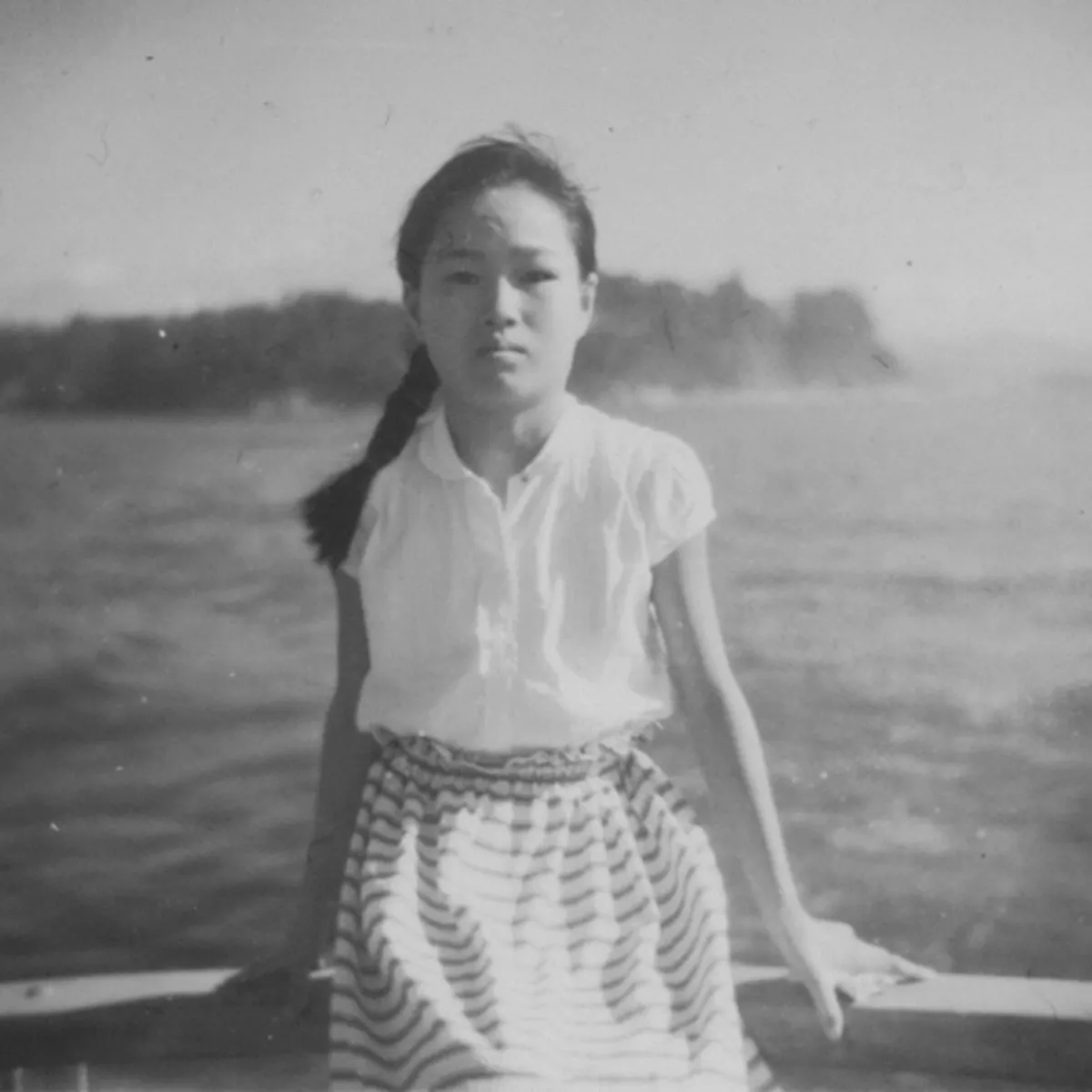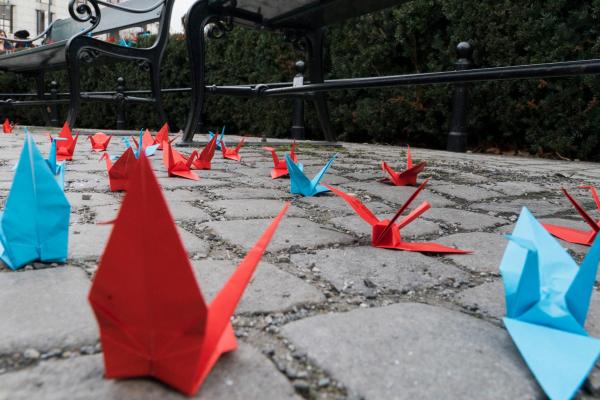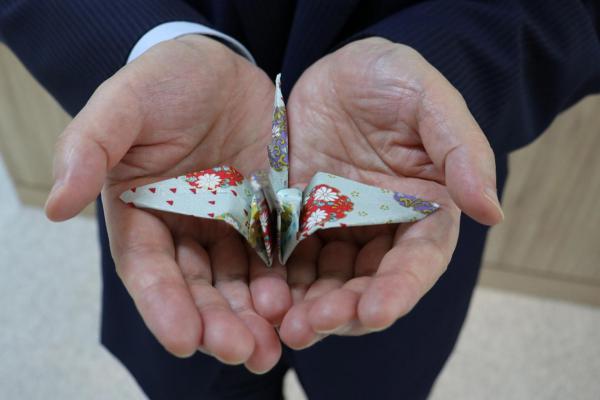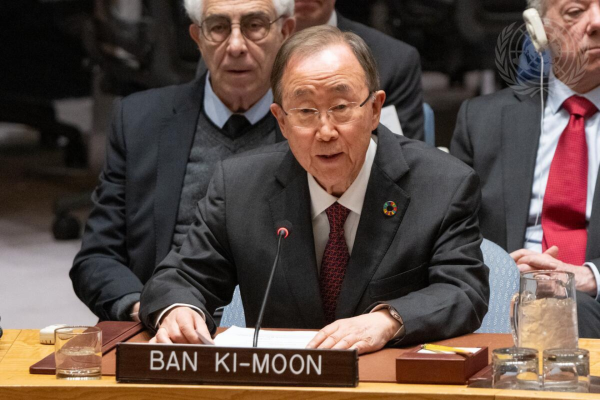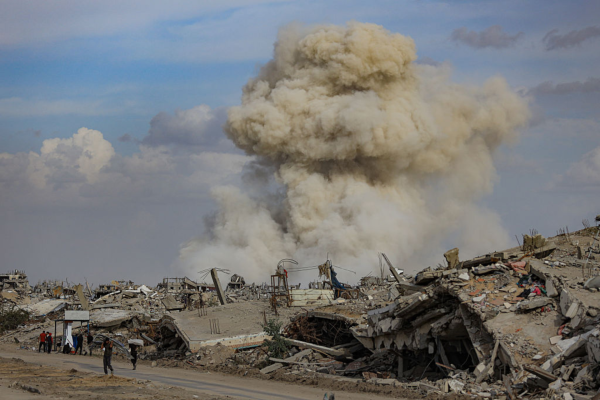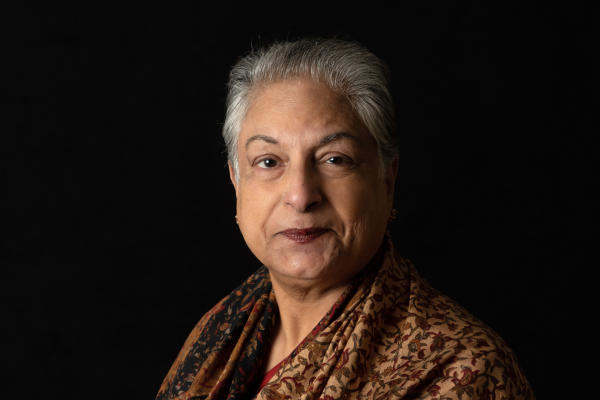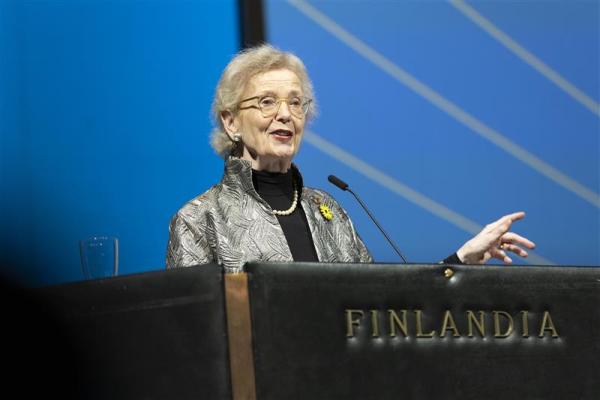Masahiro Sasaki: on surviving the atomic bombing of Hiroshima, his sister Sadako and his mission to advance peace
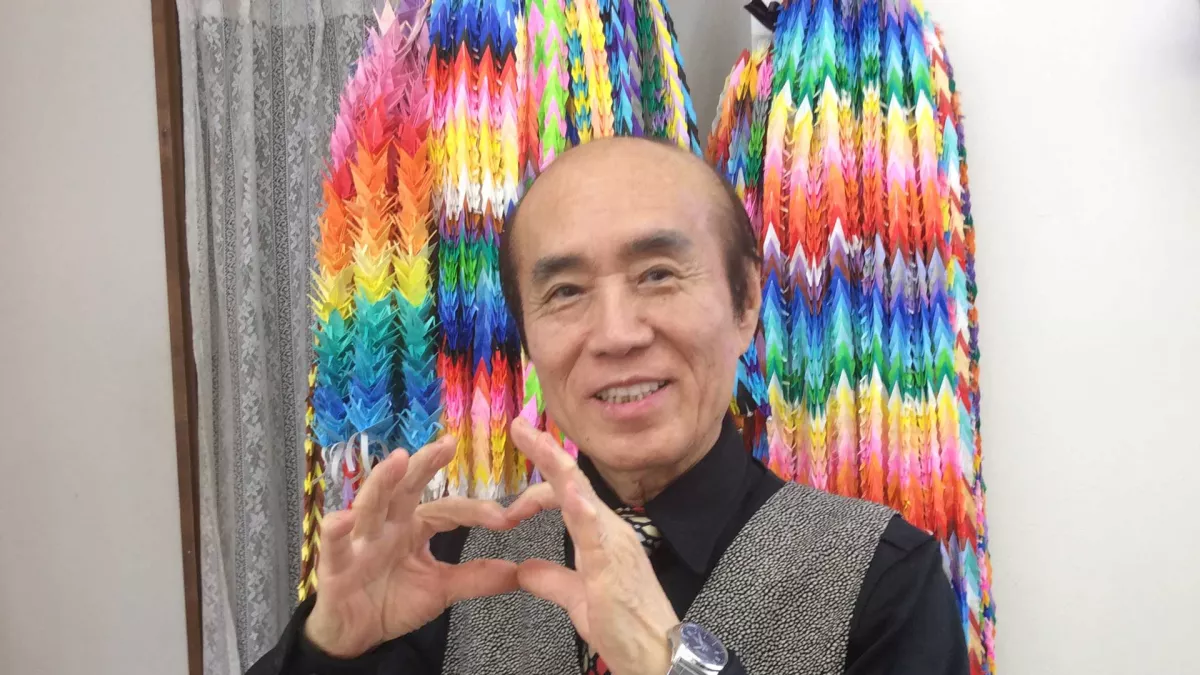
Masahiro Sasaki, the only surviving brother of Sadako Sasaki - whose actions sparked a peace movement, blogs on surviving the atomic bombing of Hiroshima. Recalling his sister Sadako, he explains the importance of symbols like the paper crane to advance peace.
Masahiro’s experience as a Hiroshima survivor
I am an atomic bomb survivor. I was in Hiroshima on that day, but I am still alive. Now I feel strongly that I have the duty and responsibility to tell my experiences honestly to all people. Not only myself but including any other war victims, we all have a mission to go beyond the boundaries between victorious and defeated countries, then to tell people that the war is the most foolish and sinful act committed by mankind!
Memories with Sadako
Of all the memories I have from my childhood, the ones with Sadako are the most painful to think back.
I remember when she was admitted to the hospital, it was on February 21st, 1955. And she passed away on October 25th. Sadako overcame unbearable hardships for eight months all by herself. While in the hospital, not once did she say, “I’m in pain” in front of me or our parents. She kept her feelings of crying inside herself and never cried out even once. Even when she felt lonely, she never depended on me or our parents. Instead, she was desperately committed to folding paper cranes, talking to them about her pain, anguish or suffering. She pinned her anxiety and loneliness of being alone on the cranes.
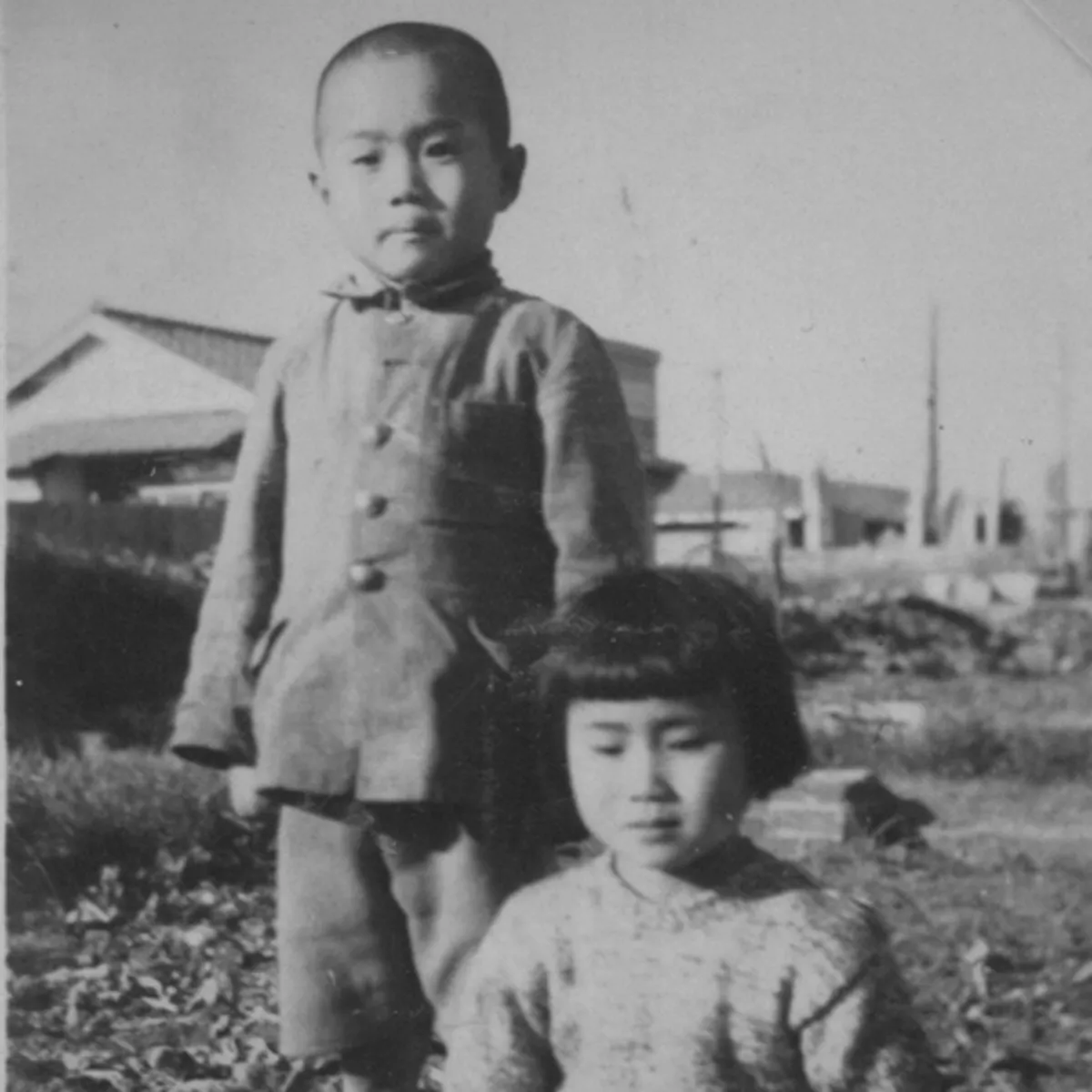
One day in summer, Sadako asked me to go to the rooftop of the hospital to see the stars. It was my first time to take Sadako by hand to help her to climb the stairs. Then, I was shocked at how thin and small her hand was. “Onī-chan(meaning older brother), we all become stars after we die, don’t we?” Sadako asked me as if she implied something. Now every time I look up the sky, Sadako talks to me “Onī-chan, how are you doing?” with a peaceful smile on her face.
Importance and Symbol of the paper crane
After Sadako’s passing, her classmates discussed and decided to raise money to build a grave for her because they knew our parents were in financial difficulties. Their call developed into a bigger campaign and led to the building of the Children’s Peace Monument. On top of the monument, a girl is standing holding a paper crane up to the sky. The girl’s face is made just like the real Sadako’s face.
Since Sadako heard from our father of the legend of the paper crane: “if you fold a thousand paper cranes, your wish will come true,” she kept folding cranes to her last gasp. Now people have come to know her story and started to offer their paper cranes with various wishes to this monument from all over the world. The paper crane is the Sadako’s alter ego. Sadako, who happened to be aware that she didn’t have much time left to live, continued to fold cranes day after day to wish on them without any lament or resentment. Furthermore, she kept folding cranes not for herself but for our parents and family. This is what I want to share with you all, the “Compassionate Heart”.
One compassionate heart can create small peace around you. Small peace can then to lead big peace in the end. Sadako taught us how important it is to have “Compassionate Heart” for her dear life. I believe this compassionate heart is the thing each of us need to keep in our minds. And folding paper cranes can be the first step to connect our hearts together.
Sadako is about paper crane. The paper crane is a symbol of peace. Peace is our wish!
